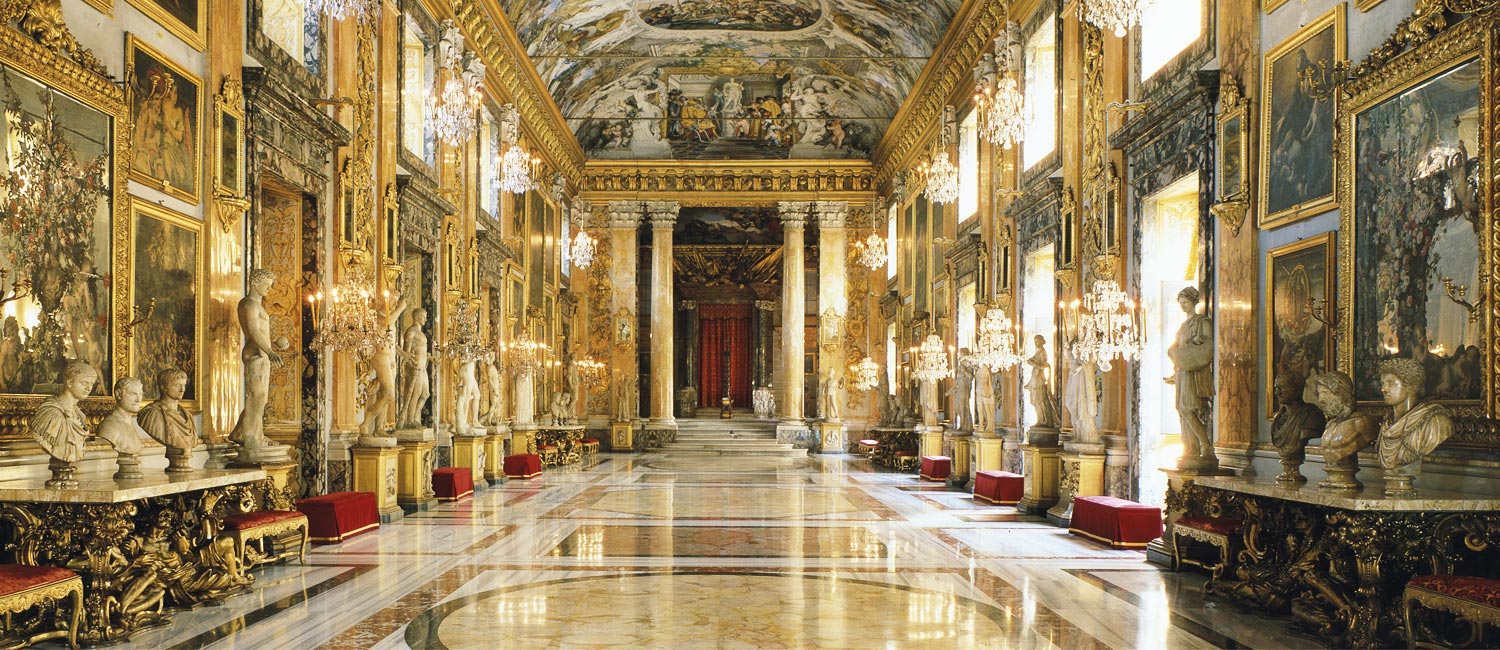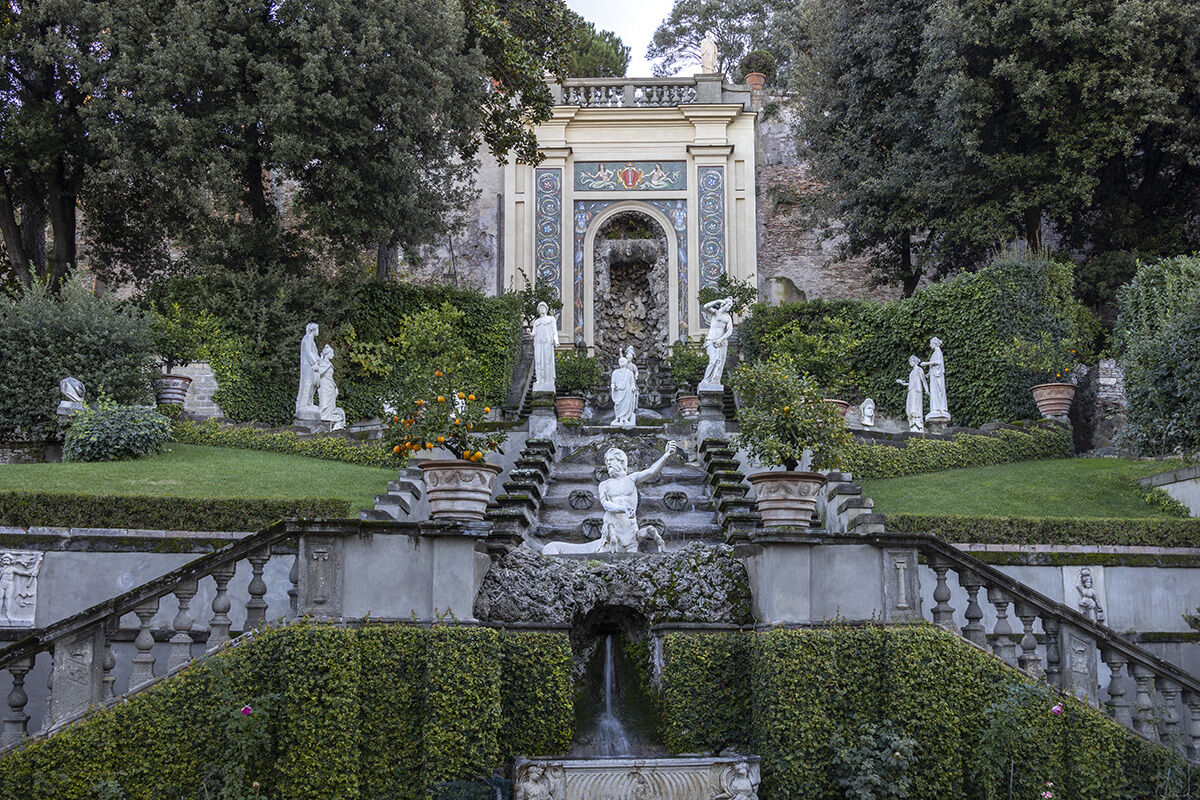The Palazzo Colonna is located in Rome and is among the oldest and grandest private palaces in the city. Its history stretches back to the 14th century and it has been owned by the Colonna family for over 20 generations.
The palace is a magnificent example of Baroque architecture and is renowned for its opulent interior, extensive art collection, and historical significance.
The Palazzo Colonna Architectural and Historical Overview
Construction of Palazzo Colonna began in the 14th century and spanned several centuries, with significant contributions from numerous renowned architects and artists. The architecture of the palace reflects a blend of different styles, primarily Baroque, with some Renaissance influences.
Key architects involved in its development include Girolamo Rainaldi, Gian Lorenzo Bernini, and Carlo Fontana.
Interior and Art Collection
The interior of the Palazzo Colonna is a testament to the wealth and taste of the Colonna family. It features grand halls, lavishly decorated rooms, and an extensive collection of artworks, including paintings, sculptures, and tapestries. The Great Hall, or “Galleria Colonna,” is one of the most impressive spaces in the palace.
This gallery, completed in the 17th century, is adorned with frescoes, gilded stucco work, and an array of masterpieces by artists such as Guido Reni, Annibale Carracci, and Salvator Rosa.
Significant Rooms and Features
- The Great Hall (Galleria Colonna): This is the centerpiece of the palace, known for its opulent decorations and significant art collection. The hall is a grandiose space, designed to impress visitors with its size and splendor.
- The Chapel: The private chapel of the Colonna family is another notable feature, decorated with intricate frescoes and housing important religious artifacts.
- The Apartments: The private apartments of the Colonna family are equally impressive, featuring period furniture, ornate ceilings, and personal collections of art and memorabilia.
Historical Events
The Palazzo Colonna has been the site of numerous historical events. One of the most notable is the Battle of Lepanto in 1571, a naval engagement in which the Colonna family played a significant role.
Marcantonio Colonna, a member of the family, was a commander in the battle, and his victory is celebrated in the palace’s artwork and decoration.
The Gardens
The palace is also renowned for its beautiful gardens, offering a tranquil escape from the bustling city. Designed in the classical Italian style, the gardens feature manicured lawns, sculpted hedges, and fountains, providing a picturesque backdrop that enhances the palace’s overall grandeur.They provide a picturesque backdrop to the palace and enhance its overall grandeur.
Accessibility
Today parts of the Palazzo Colonna are open to the public, offering visitors a glimpse into the opulent lifestyle of one of Rome’s most influential noble families. The palace remains a private residence of the Colonna family, who continue to maintain its historical legacy and artistic treasures.
The Palazzo Colonna stands as a remarkable example of Roman aristocratic grandeur, combining architectural beauty, historical significance, and an impressive art collection. Its enduring legacy and continued preservation by the Colonna family make it a significant cultural and historical landmark in Rome in Italy.


0 Comment